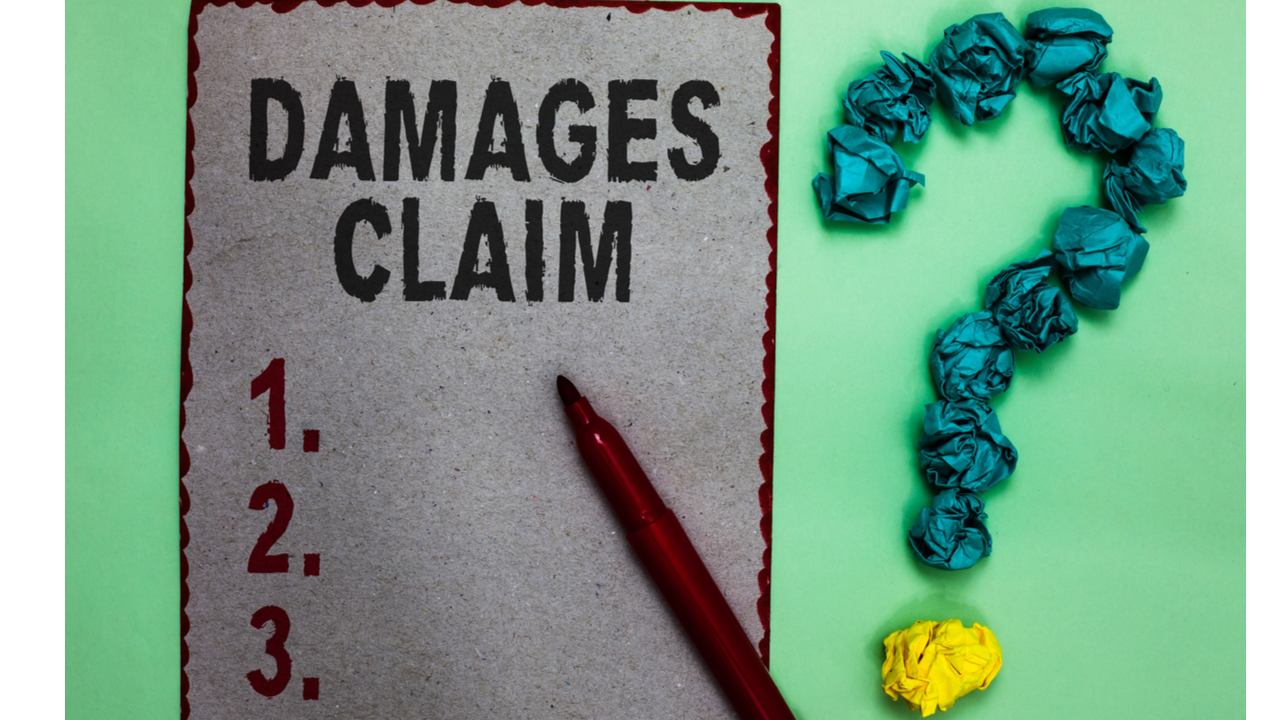
How to Handle Claims to Keep Clients
Jan 11, 2022
Marketing is the act of relationship building. And to build relationships with your clients, you must focus on their client journey. As we have discussed… you attract, acquire, appreciate, ascend, retain, and then ask for referrals from your clients. This is their journey as it relates to their relationship with you and your company.
What happens when there is a bump in the road along this journey? A claim or a potential claim is a perfect example of this. Claims generally can be broken down into lost claims and damaged claims. Your ability to communicate, take responsibility, and quickly resolve the issue will determine whether the client remains a client after the claim.
Mistakes happen. Everyone knows that, and almost everyone can accept that. If you have pre-conditioned your clients to have a relationship with you, your success at retaining them after a claim will be much better instead of them seeing you as a transaction. Our clients really don’t like it when there is a gap in communication, blame is introduced instead of taking responsibility, and the timeframe before resolution drags on.
When there is a damaged item, we immediately reach out to the client by phone to resolve it. We check and see what their last 12 months of revenue are, and we typically relax the conversation about depreciation the better client they are.
We shoot for in-store credit first, a hybrid of credit / check next, and finally a check last. In the case of credit, we say something like, “Mrs. Smith, you have been a great client of ours, spending almost X dollars per month. Can we take care of the next Y dollars of cleaning so that we can earn your trust back, and you can use the money for a new shirt instead?” Whether they agree to credit or a check, we always want them to leave the conversation happy.
I also recommend that you have someone with “perceived authority” make these calls. Remember, a good client wants to feel appreciated and important. And this can only happen if they are contacted by a person who can intentionally help them to feel this way. If you have to leave them a message, make it easy for them to call you back (ideally on a phone that will be promptly answered).
In the case of a lost item, it is critical that you keep open communication throughout the process. Tell the client precisely what steps you will take to locate the missing item, and tell them when you will resolve the claim if the missing item is not found. Set expectations early. And do what you say you are going to do. And if you can’t do what you say you are going to do, call and tell them why.
The final note on claims is to make sure you and your team learn from the mistakes you make. This is in the case of both damaged and lost items. Only by learning and using the mistake as a teaching lesson will you minimize the chance of damaged and lost items in the future.
Stay Informed With All Of Our Latest Content
Get all of our latest blog posts delivered directly to your inbox.
We hate SPAM. We will never sell your information, for any reason.

